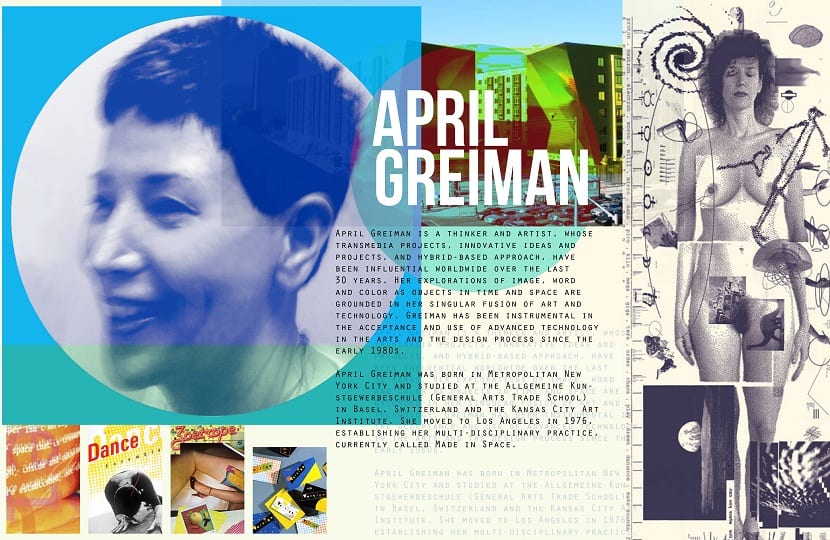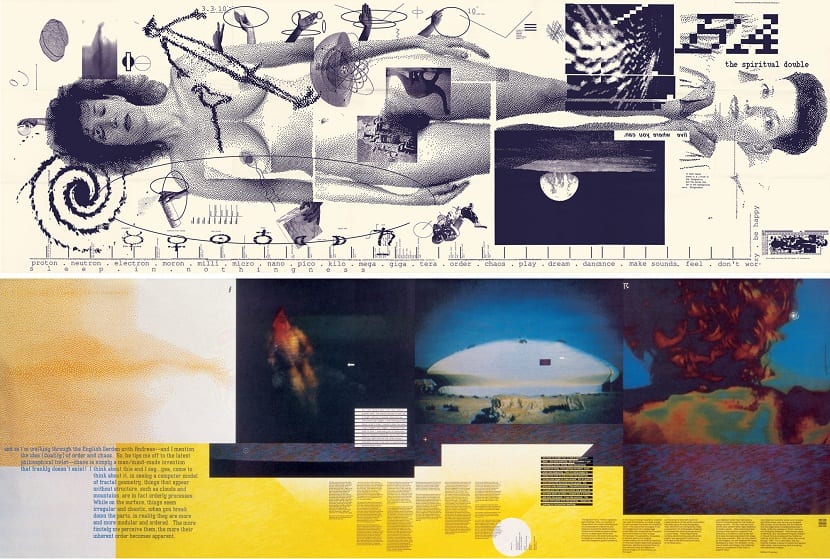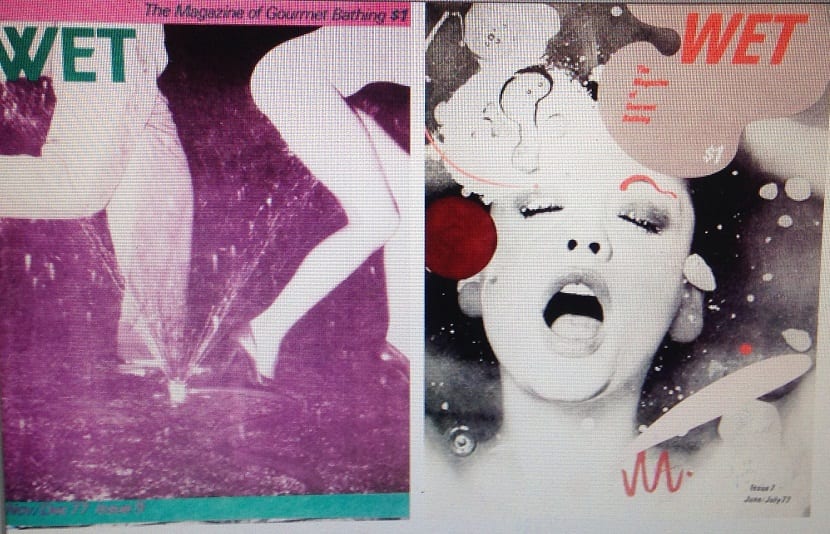
April Greiman is known as a graphic designer who was born in the united states 1948 the year.
For being passionate and vital, she was recognized as one of the first designers to managed to incorporate computers and digital instruments to be able to develop their work, conducting experiments with the great amount of possibilities that they could offer and observing the great potential they had to be used in graphic design. Greiman managed to develop in his works a certain style within what later became known as New Wave, a graphic proposal that broke with the hypotheses of the Swiss style or could also be considered as a step towards something more postmodern of this style.

greiman began his studies at Kansas City Art Institute at the end of the seventies to be complemented for a couple of intense years at the Kunstgewerbeschule in Basel with the renowned Wolfgang Weingart.
In those years, Weingart began to question certain principles that had inspired him in the modern Movement methodology, like the solid utility of the graticule or like the purity of two-dimensional space that cannot be touched. Being a student of Wolfgang Weingart and Armin Hoffman in these early 70s, Greiman devoted himself to exploring the International Style in depth, as well as these experiments in a personal way by Weingart and based on the development of an aesthetic that could reflect less the modernist heritage and was directed to a more post-industrial change in society.
greiman started working in the Taxi Project of the Museum of Modern Art in New York in the mid-seventies, designing the publications and any other element of publicity that was granted to him.
In 1976 he moved to Los Angeles to provide a collaboration at the California Institute of The Art, where he met the photographer Jayme Odgers, which was when was interested in experimental photography and in turn by computers.
In the year 19684, the Macintosh was making a subtle entry into the realm of design market. In general and for the most part, the designers were quite skeptical or we could say opposed to the idea of be able to implement the equipment in design practice and it is that this, somehow represented a certain fear of a somewhat insecure future, in which the touch of the hand was taken away by the mechanics of the bits and bytes.

An ambitious fanatic of tools and technologies From childhood, Greiman quickly established herself as a pioneer in the realm of digital design. One of the comments made at some point was “the digital landscape fascinates me in the same way as the desert”. This obsession that comes from the depths of his being, his curiosity and perpetual wondering what fuels that desire to want to explore and inspire avant-garde design, which places it in the highest position of integrated design in the last years of the XNUMXth century, this being the reason that led her to continue her design work, which is why awarded him the AIGA medal 1998 the year.
It represented an opportunity in which not only could his original work be presented, but also to ask a slightly more extensive question about the work and the environment.
Before this question arose, the designers estimated fonts and bitmap images not simply as unorthodox, but as unacceptable, but after the publication of Desing Quarterly # 133, many were forced to take the consideration of use computer in design.
On the other hand, the design of the New Wave had his influences on punk and by postmodern language theory. This refers to a typographic approach that defies strict conversions when it comes to the grid.